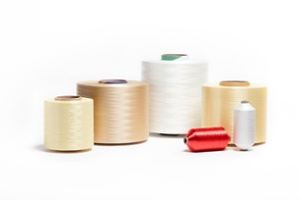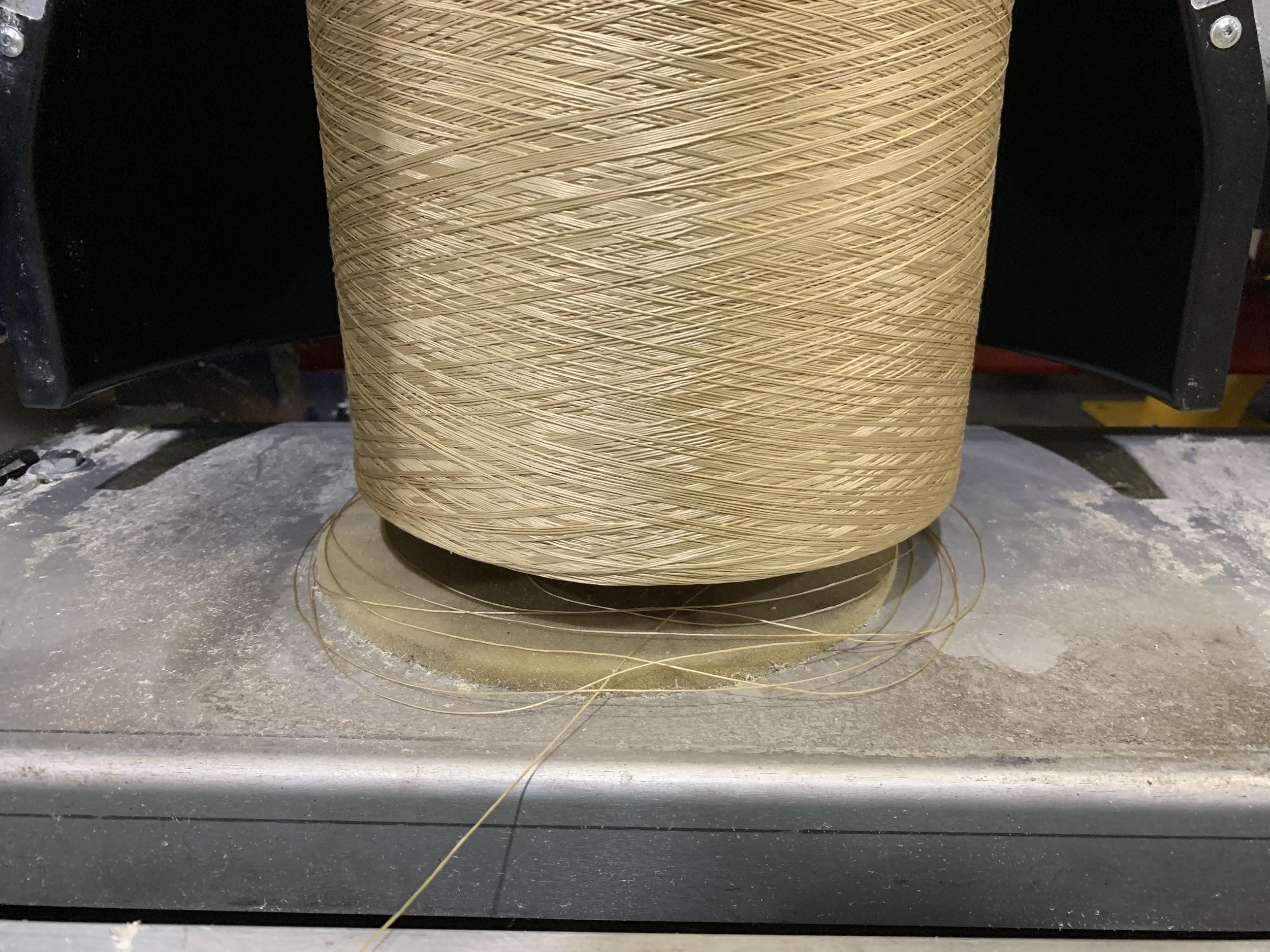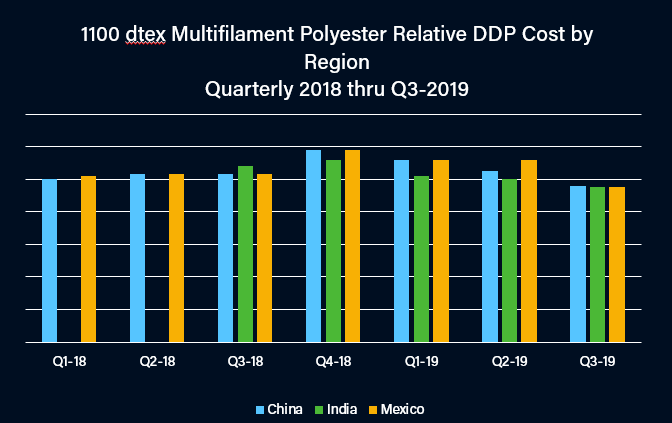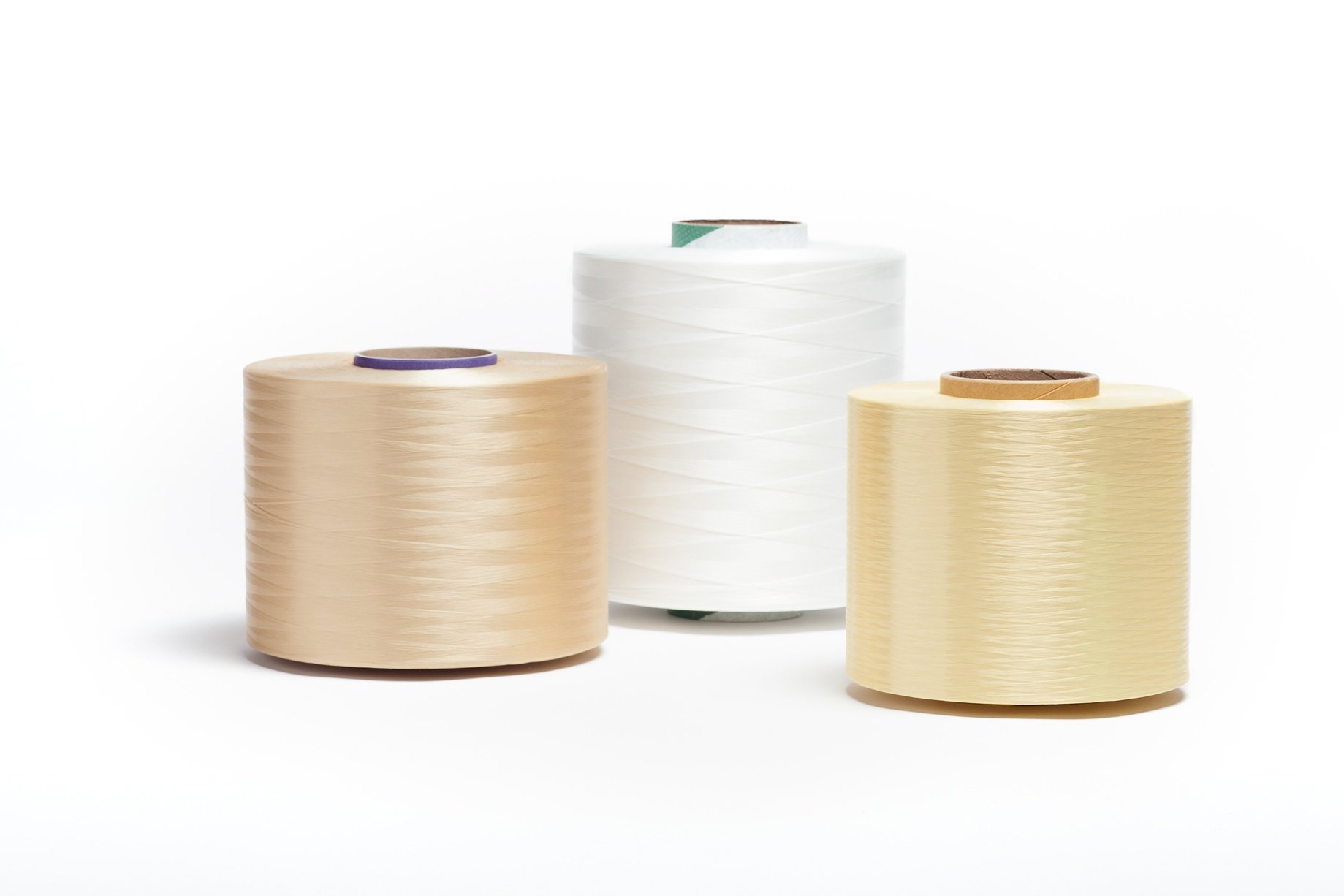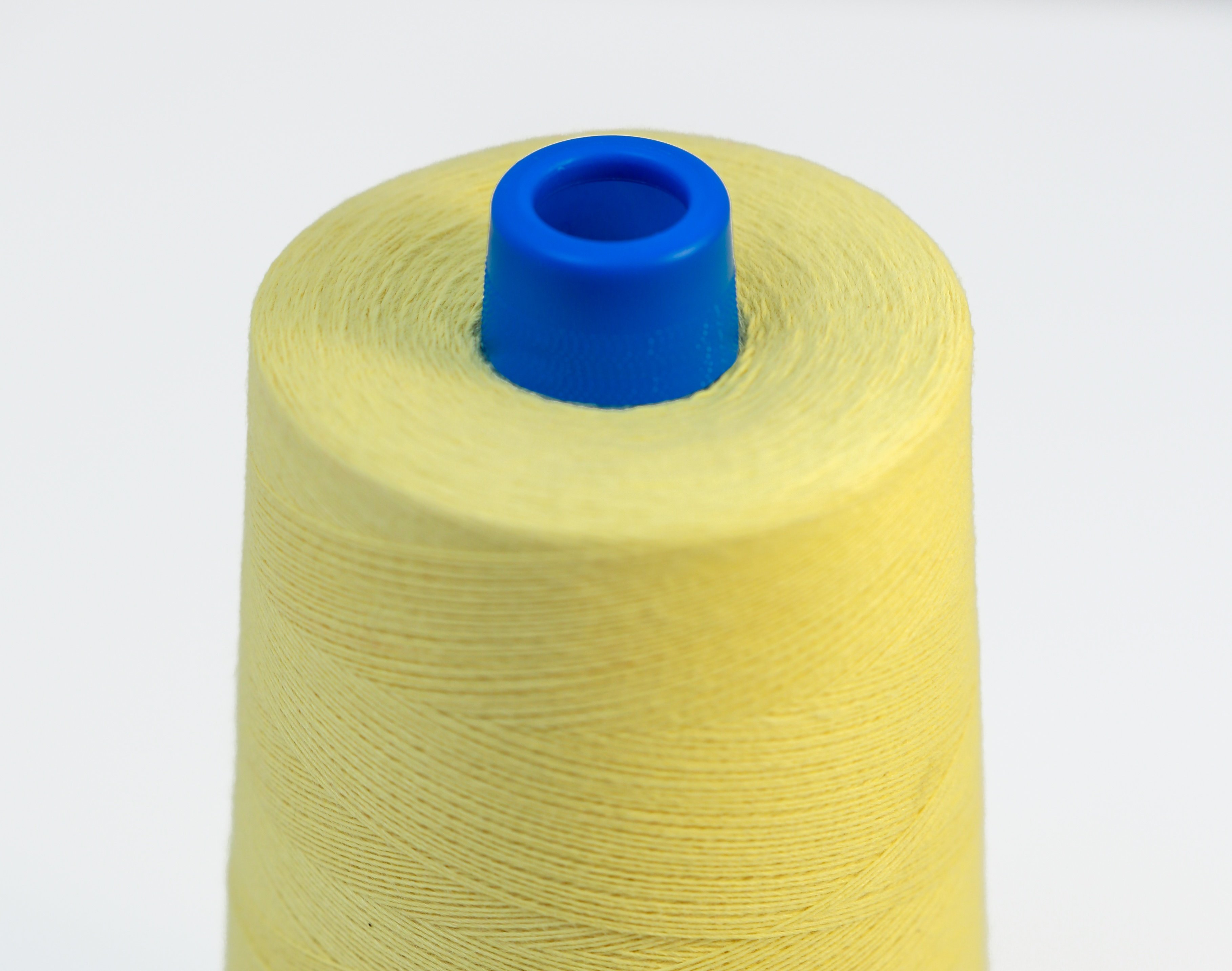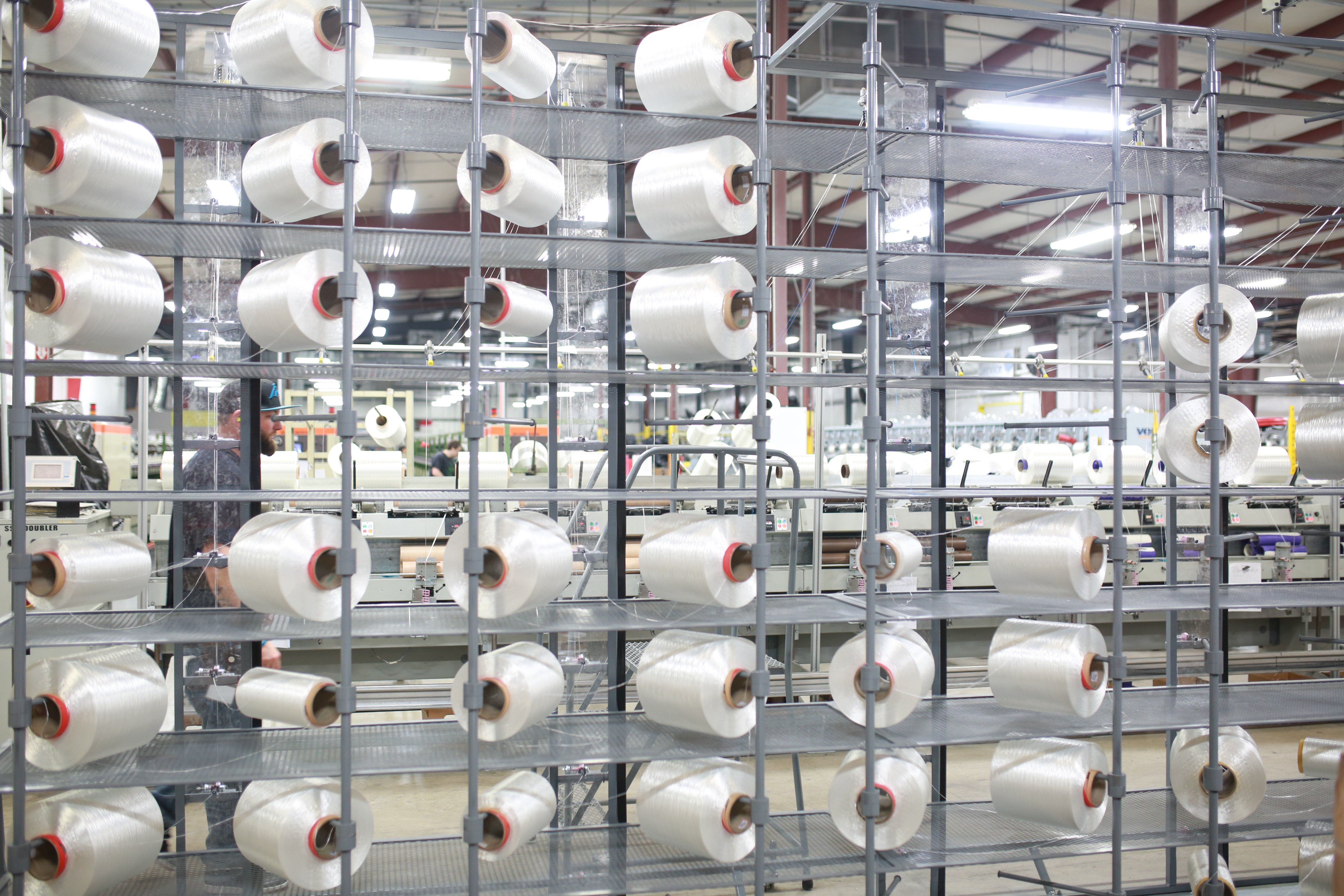The video above features untreated continuous multifilament polyester thread on the left, which burns vigorously once ignition temperature is reached, melts, emits black smoke and drips. Untreated aramid yarn on the right burns with difficulty because of high LOI. The flame extinguishes when the heat source is removed. Aramid does not melt but decomposes showing signs of thermal degradation.
Read more


